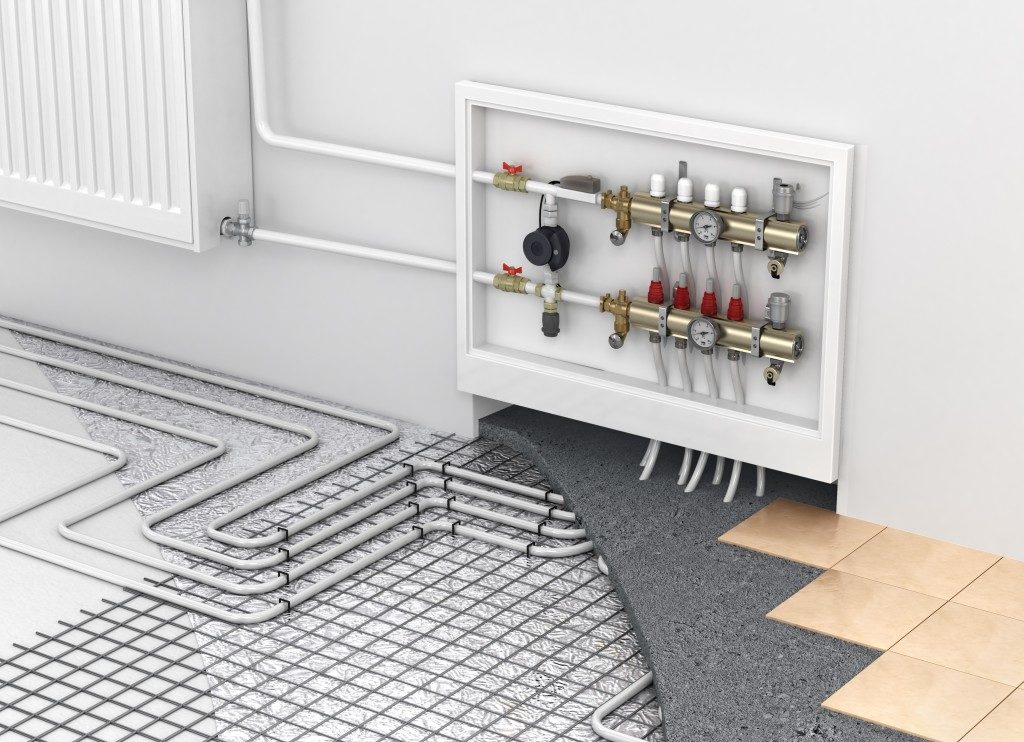The average price of installation for a radiant heating system this year may cost $3,664, but homeowners should expect to spend between $1,657 and $5,672. The location serves as one factor for determining the total cost of radiant floor heating.
In Park City, Utah, for instance, the rate may be less expensive than in other cities such as Salt Lake City. Prior to installation, you should familiarize yourself with the different pros and cons to avoid wasting money. This should begin by consulting a plumbing professional who specializes in heating, ventilation and air-conditioning services.
Radiant Heating Types
Electric and hydronic systems comprise the two common types of radiant floor heating for residential properties, while air systems are more suitable for commercial and industrial sites. An electric heating system cost more since it consumes power.
A plumber would usually install a heating pad under a thin layer of cement. You could do the installation by yourself, but a larger project should require the expertise of a plumber. It costs approximately $7,000 to have electric radiant heating for a 1,500-square-foot home.
Hydronic systems entail bigger upfront costs, yet it makes up for it by being more cost-efficient in the long term than electric types. An installed hot water boiler would distribute water through tubes across the room.
It might cost between $6,000 and $14,000 to install this at home. Those who only plan to use a water heater could spend at least $360 for a 50-gallon container.
Benefits and Disadvantages

Aside from the cost, homeowners should also think about the convenience of repairing their chosen system when it becomes necessary. Electric systems are better for installation during new home construction or renovations.
Most electric types are buried under a cement covering, which means taking them out for a replacement can be expensive. When it’s done as part of a construction project, homeowners could save on the cost of labor for tearing up the floor.
Another drawback of using electric types involves its efficiency on a smaller space. If you’re looking for a centralized system, a hydronic type is a better option.
However, hydronic systems have its fair share of disadvantages. It may not maintain a warm room temperature as much as an electric type. Carpet flooring may also hinder it from fully providing heat.
Whether you choose an electric or hydronic type, radiant floor heating is a great energy-saver than using air-heating systems. According to the American Society of Heating, Refrigeration, and Air-Conditioning Engineers, a radiant-heated room offers more comfort as it may lower the room temperature by up to 8 degrees compared with an air-heated home.
When choosing the best type of radiant heating system for your home, you should not hesitate to ask a plumber. Even if it’s just a small area, such as your bathroom, proper installation by a professional will ensure higher operational efficiency. This is especially true for those who consider an electric type, due to the relatively expensive cost of maintaining one.

